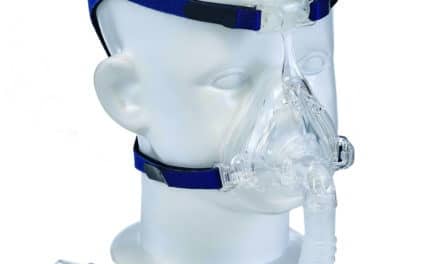AAA Foundation study finds doctors’ warnings about taking sleep aids and other medications while driving are often ineffective or ignored.
Nearly half of the drivers surveyed said they used one or more potentially impairing medications in the past 30 days, according to new research by the AAA Foundation for Traffic Safety. The proportion of those choosing to drive is higher among those taking multiple medications. More concerning, many who took these medications to combat depression, pain, or sleep issues were not warned by their healthcare provider regarding the possible dangerous impact on driving.
Moreover, drivers who take one or more of these medications may be unaware of the possible impacts on their driving ability. Many potentially driver impairing (PDI) medications have potential effects that can be dangerous when mixed with driving, including dizziness, sleepiness, fainting, blurred vision, slowed movement, and attention problems.
AAA recommends that the advice given by medical and pharmacy professionals about the dangers of mixing over-the-counter and prescribed medications with driving must be vastly improved and more consistently emphasized to maximize safety.
“Our research finds that many drivers are taking one or more potentially impairing medications before getting behind the wheel,” David Yang, PhD, executive director of the AAA Foundation for Traffic Safety, says in a statement. “It is important for medical professionals to offer clear consultation to their patients of the possible risks and ensure they understand them.”
This study focused on the prevalence of recent use by drivers of commonly used prescriptions and over-the-counter medications such as antihistamines, cough medicines, antidepressants, prescription pain medicines, muscle relaxants, sleep aids, and amphetamines. These are PDI medications, but not all drivers who reported taking them were impaired. As the term implies, PDI medications can potentially impair driving, but effects in individuals may vary.
Antihistamines and cough medicines—many available without a prescription—were most commonly used. However, the proportion of drivers that reported driving after use was highest for those who reported amphetamine use, such as Adderall and Dexedrine.
Research results found that up to half of drivers who were prescribed and took each type of PDI medication did not report receiving a warning from their medical provider or pharmacist regarding its possible impacts on driving. But those who did receive a warning were 18% less likely to get behind the wheel after use, highlighting the potential benefit of healthcare providers’ counseling to reduce medication-impaired driving.
“Understandably, it may seem impossible for patients to maintain their independence behind the wheel and use the medications they need to stay healthy. It turns out we can achieve both goals, but not without guidance from our doctor or pharmacist,” Jake Nelson, AAA’s director of traffic safety advocacy and research, says in a statement. “Our research suggests too few medical professionals provide these warnings or suggest ways patients can navigate this tough challenge.”
Photo: ID 14266041 © Realitytimes | Dreamstime.com.




